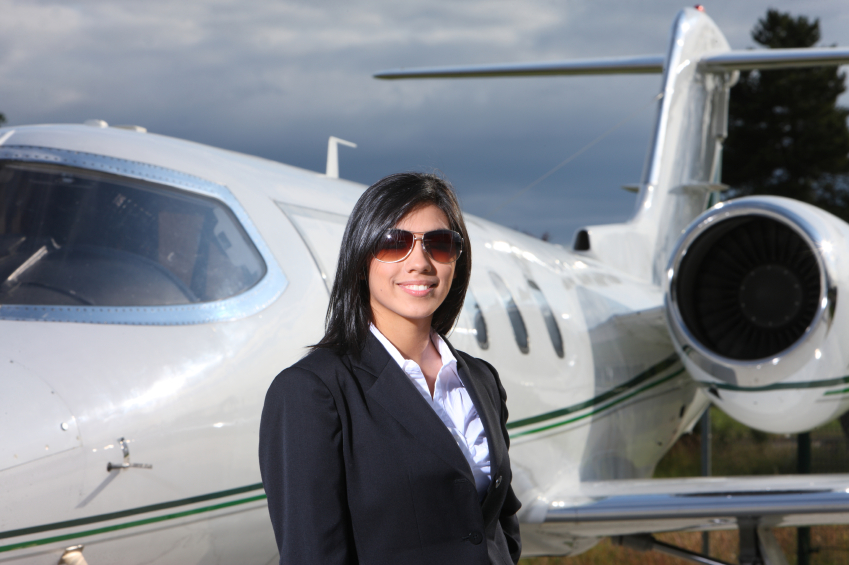In the business aviation industry, good chief pilots serve as leaders in a technically oriented world. And great chief pilots are true leaders – ones who sets a clear direction and are aligned with their entire aviation leadership team: director of aviation, director of maintenance, the scheduling/dispatch manager and the business manager.
Getting chief pilots from “good” to “great” is actually easier than you may think. Below are four key leadership traits to help chief pilots progress into business aviation leadership:
1. Be a “pilot’s pilot.”
A great chief pilot will have walked the proverbial mile in the line pilot’s shoes. This significant real world experience will help him/her build empathy for their cadre of aviators. He/she will work with their direct reports to define and remove barriers to progress, and make the compelling case to the aviation director (and higher, if necessary) to obtain the resources needed to ensure the current and future success of the flight operations team.
2. Be just, fair and human.
A great chief pilot’s IQ (intelligence quotient) and EQ (emotional intelligence) must be used in equal portions. This requires an uncommon level of maturity where personal egos are continuously held in check.
3. Be an accessible mentor.
A great chief pilot must be willing to share his/her time and expertise, and be committed to help others develop to their full potential (where the chief pilot is the facilitator and the individual develops him/herself). A great chief pilot is highly knowledgeable (but not all-knowing), demonstrating the curiosity and openness to explore new ideas and concepts brought to them by their team and peers in the industry. And he/she must proactively stay out ahead of technology and trends.
4. Be a collaborative player.
A great chief pilot values his/her counterparts in each functional areas: maintenance, scheduling, dispatch and business management. He/she will have outstanding communication skills to keep everyone in the information loop and will be open to inquiries, suggestions and resolutions from all of the varying disciplines in the organization.
It’s very important to remember that the chief pilot is also a member of the aviation organization’s senior leadership team. And, in that role, he/she must have an appreciation and understanding of each of the aviation organization’s functional areas. Just as important is his/her understanding of the host organization’s direction and key objectives. This knowledge will help put each mission into rational context for each of the chief pilot’s direct reports.
Please also check out Part II of From Good to Great where we discuss ways that chief pilots can become promotable, including ways to leverage finance, metrics and measurements.
About Jim Lara, Co-author
Combining his 40+ years as a 12,000-hour pilot with his corporate leadership experience, Jim Lara speaks both the language of business and of business aviation. As the principal of Gray Stone Advisors, a business aviation advisory firm, Jim and his team help business aviation leaders develop into high-performing individuals and teams. They then help align those teams with their host company’s goals, and enable operations to regain stability, traction and profitability. Jim can be reached at jlara@graystoneadvisors.com or 1-865-357-5077. You can learn more about leadership and speaking the language of business by reading the Gray Stone Advisors blog.

